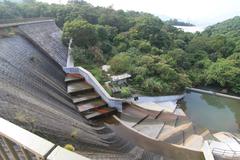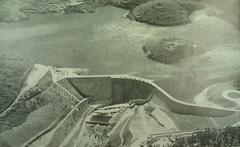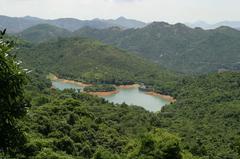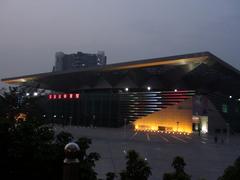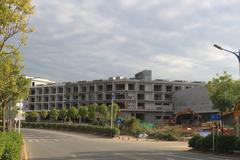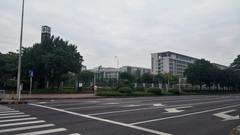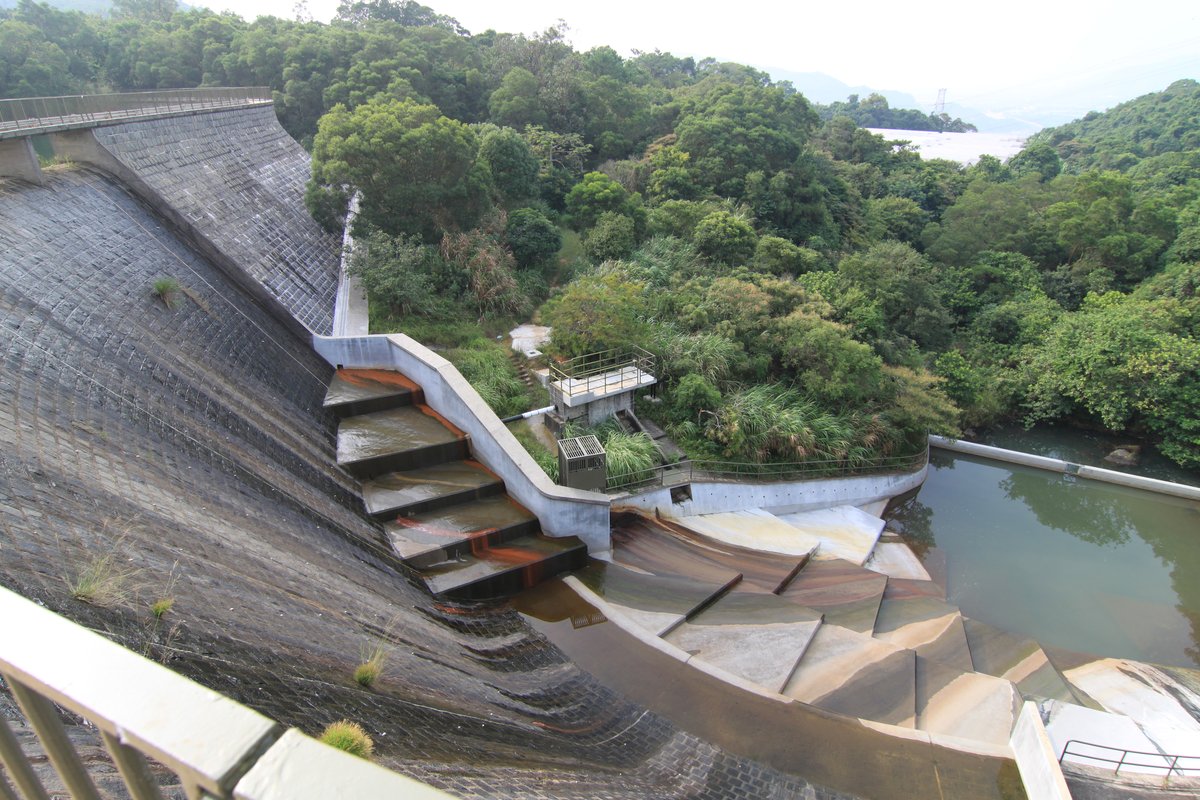
Comprehensive Guide to Visiting Ho Pui Reservoir, Shenzhen, People’s Republic of China
Date: 19/07/2024
Introduction
Ho Pui Reservoir, located in the scenic Nanshan District of Shenzhen, People’s Republic of China, is a remarkable destination that offers a unique blend of natural beauty, cultural heritage, and modern infrastructure. Built in the mid-20th century to address water scarcity and support the rapid urbanization of Shenzhen, the reservoir has evolved into a vital water resource and a popular recreational spot. The construction of Ho Pui Reservoir, completed in 1965, marked a significant phase in China’s infrastructural development (China Water Risk). Today, it stands as a symbol of Shenzhen’s resilience and progress, attracting visitors with its serene environment and rich history. This comprehensive guide delves into the reservoir’s development, strategic importance, environmental and social impact, modern advancements, cultural significance, and practical information for visitors. Whether you’re a history enthusiast, nature lover, or simply seeking a peaceful escape, Ho Pui Reservoir promises an enriching experience.
Table of Contents
- Introduction
- Early Development and Construction
- Strategic Importance
- Environmental and Social Impact
- Modern Developments and Upgrades
- Cultural Significance
- Visitor Information
- Future Prospects
- Conclusion
- FAQ
Early Development and Construction
Ho Pui Reservoir has a rich history that dates back to the mid-20th century. The reservoir was constructed to address water scarcity issues in the rapidly developing city of Shenzhen. Construction began in the early 1960s and was completed in 1965. This period marked a significant phase in China’s infrastructural development, with numerous water conservation projects being undertaken nationwide.
The reservoir was built using a combination of traditional and modern engineering techniques. The dam, which is a crucial component of the reservoir, was constructed using earth and rock-fill methods. This choice of materials was influenced by the availability of local resources and the need for cost-effective solutions. The construction of the Ho Pui Reservoir was a monumental task that involved the labor of thousands of workers and the use of heavy machinery, a testament to the ambitious nature of the project.
Strategic Importance
The strategic importance of Ho Pui Reservoir cannot be overstated. During the 1960s, Shenzhen was transitioning from a small fishing village to a burgeoning industrial hub. The reservoir was designed to provide a reliable water supply to support this rapid urbanization and industrialization. It played a crucial role in ensuring water security for both domestic and industrial use, thereby facilitating the city’s growth and development.
In addition to its primary function of water storage, the reservoir also served as a flood control mechanism. The region around Shenzhen is prone to heavy rainfall and typhoons, which can lead to severe flooding. The construction of the reservoir helped mitigate these risks by regulating water flow and storing excess rainwater. This dual functionality made Ho Pui Reservoir an indispensable asset for the city.
Environmental and Social Impact
The construction of Ho Pui Reservoir had significant environmental and social impacts. On the environmental front, the creation of the reservoir led to the submergence of large tracts of land, which affected local ecosystems. However, it also created a new aquatic habitat that supported various species of fish and other aquatic life. Over the years, the reservoir has become a vital part of the local ecosystem, contributing to biodiversity conservation.
Socially, the construction of the reservoir necessitated the relocation of several communities. The government provided compensation and resettlement assistance to the affected families, but the process was not without challenges. The relocation led to the disruption of traditional lifestyles and livelihoods, which required significant adaptation on the part of the displaced communities. Despite these challenges, the reservoir has been largely accepted as a necessary development for the greater good of the city.
Modern Developments and Upgrades
In recent years, Ho Pui Reservoir has undergone several upgrades to enhance its capacity and functionality. These upgrades have been driven by the increasing water demand from Shenzhen’s growing population and expanding industrial sector. Modernization efforts have included the installation of advanced water treatment facilities, which ensure that the water supplied from the reservoir meets high-quality standards.
Technological advancements have also been integrated into the reservoir’s management system. For instance, real-time monitoring systems have been installed to track water levels, quality, and flow rates. These systems enable more efficient and effective management of the reservoir, ensuring a reliable water supply and improved flood control capabilities. The integration of technology has transformed Ho Pui Reservoir into a modern water management facility that continues to play a crucial role in Shenzhen’s development.
Cultural Significance
Ho Pui Reservoir holds cultural significance for the people of Shenzhen. It is not just a functional infrastructure but also a symbol of the city’s resilience and progress. The reservoir is a popular destination for recreational activities such as fishing, boating, and hiking. The scenic beauty of the reservoir and its surrounding areas attracts both locals and tourists, making it a cherished part of the city’s natural heritage.
The reservoir is also a site for various cultural and community events. Festivals, sports events, and educational programs are regularly held in the area, fostering a sense of community and connection to the natural environment. These activities highlight the reservoir’s role in enhancing the quality of life for Shenzhen’s residents and promoting environmental awareness.
Visitor Information
Visiting Hours and Tickets
Visitors to Ho Pui Reservoir can explore the area daily from 8:00 AM to 6:00 PM. Entrance is free, but certain activities like guided tours or special events may require tickets, which can be purchased on-site or through the official website.
Travel Tips
- Best Time to Visit: The best time to visit Ho Pui Reservoir is during the spring and autumn months when the weather is mild and the scenery is at its most vibrant.
- How to Get There: The reservoir is accessible by public transport, with several bus routes connecting it to the city center. Alternatively, visitors can opt for a taxi or drive, with ample parking available on-site.
- Nearby Attractions: Don’t miss nearby attractions such as the Shenzhen Botanical Garden and the Dapeng Fortress, which offer additional historical and natural experiences.
- Accessibility: The reservoir area is equipped with accessible pathways and facilities, ensuring a comfortable visit for all.
Future Prospects
Looking ahead, Ho Pui Reservoir is expected to continue playing a vital role in Shenzhen’s development. Plans are in place to further expand its capacity and enhance its environmental sustainability. These plans include initiatives to improve water conservation, reduce pollution, and promote the use of renewable energy sources in the reservoir’s operations.
The reservoir’s future prospects are closely tied to the broader goals of sustainable development and environmental stewardship. As Shenzhen continues to grow and evolve, Ho Pui Reservoir will remain a cornerstone of the city’s infrastructure, supporting its water needs and contributing to its ecological health.
Conclusion
The history of Ho Pui Reservoir is a testament to the vision and determination of the people of Shenzhen. From its early construction to its modern upgrades, the reservoir has played a crucial role in the city’s development and continues to be a vital asset for its future. Whether you’re looking to explore its historical significance, enjoy recreational activities, or learn about its modern advancements, Ho Pui Reservoir offers a unique and enriching experience.
Frequently Asked Questions
Q: What are the visiting hours for Ho Pui Reservoir?
A: The reservoir is open daily from 8:00 AM to 6:00 PM.
Q: Are there any ticket fees for visiting Ho Pui Reservoir?
A: Entrance is free, but certain activities like guided tours or special events may require tickets.
Q: What activities can I do at Ho Pui Reservoir?
A: Visitors can enjoy fishing, boating, hiking, and participating in cultural events.
Q: How can I get to Ho Pui Reservoir?
A: The reservoir is accessible by public transport, taxi, or private car, with ample parking available on-site.
Q: What nearby attractions can I visit?
A: Nearby attractions include the Shenzhen Botanical Garden and the Dapeng Fortress.
